Battle, East Sussex: The site of the battle 'that permanently changed the course of history in England and beyond'
The Battle of Hastings didn't actually take place in Hastings, but a few miles north — and you can still visit the site of perhaps the most consequential battle ever to take place on English soil.
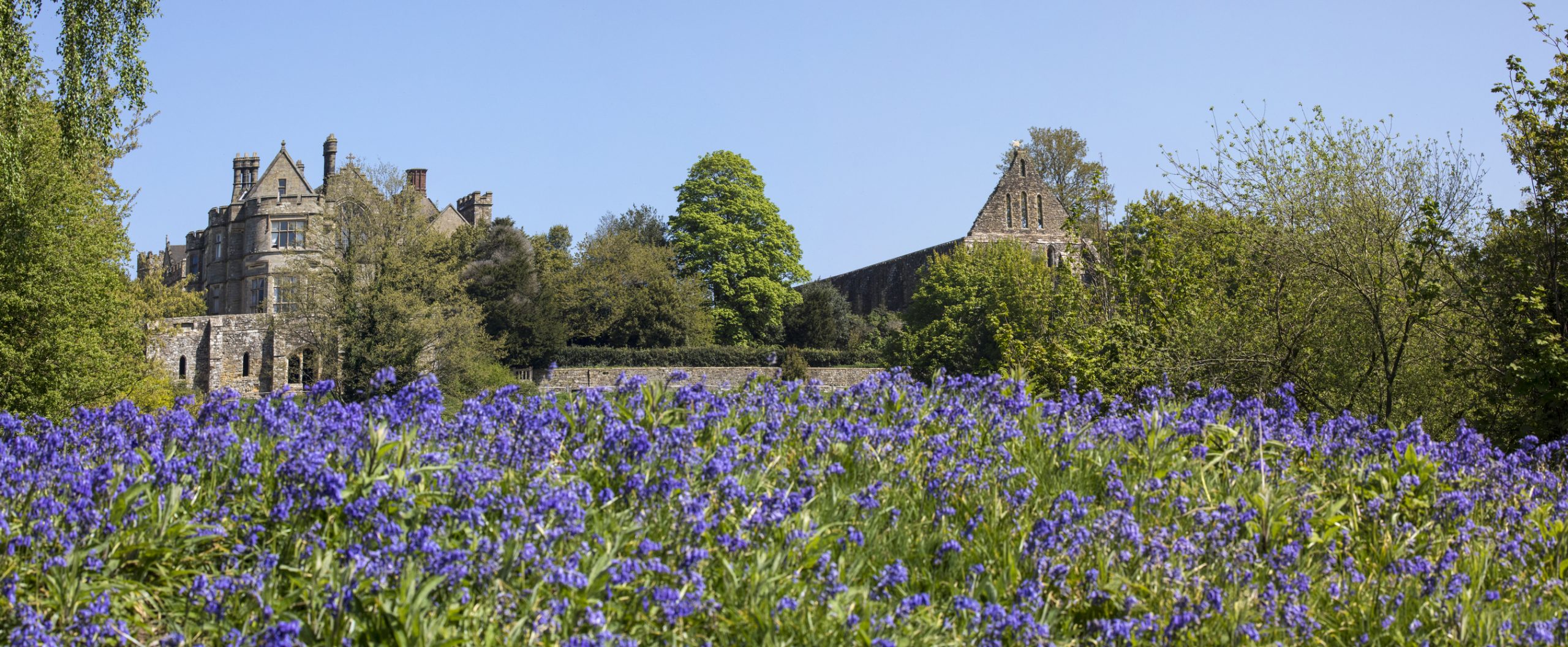
On the morning of October 14, 1066, 7,000 Saxons faced a roughly equal number of Norman invaders on a ridge in East Sussex. Although the Normans had the advantage of horses, the Saxons, under King Harold Godwinson, had chosen the better ground, at the top of the ridge.
But they were tired. They had marched south from Yorkshire and taken the Norwegian king Harald Hardrada by surprise at the Battle of Stamford Bridge. To cut a famous story short, they lost; if you wish to know more, Professor Robert Bartlett's brilliant seven-minute explanatory film tells the full tale of the attacks, the counter-attacks, the rearguard actions and the mistakes of a battle between the few thousand men on each side 'that permanently changed the course of history in England and beyond'.
Regime change imposed a new dynasty on the English throne, together with a new way of life. England, seized in the Norman fist, became more centralised and united than at any time since the Romans had left.
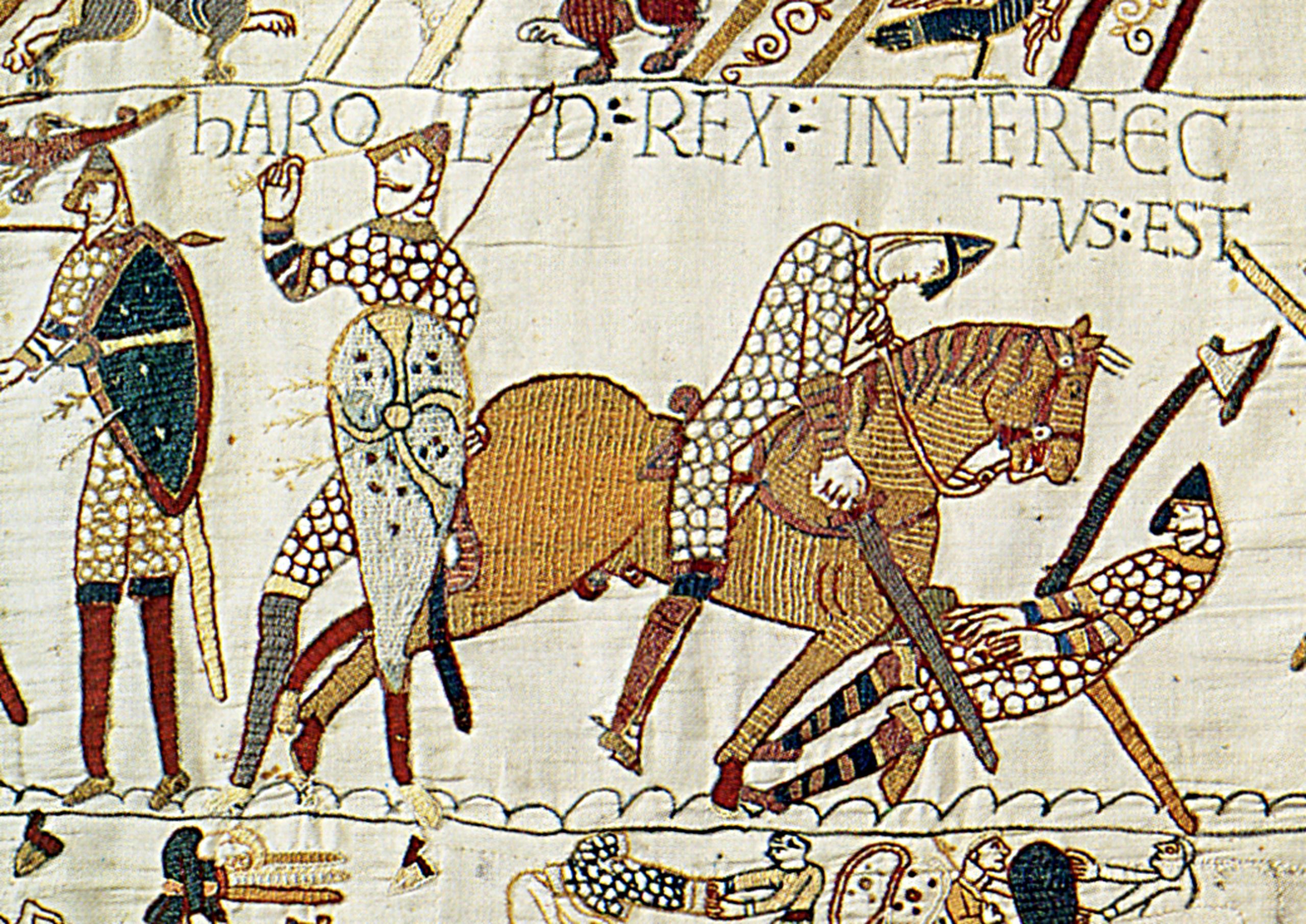
Immediately after the Battle of Hastings, William the Conqueror ordered the abbey to be built; the high altar was to stand on the place Harold died. Later, the monks moved to a better location and were ordered back again.
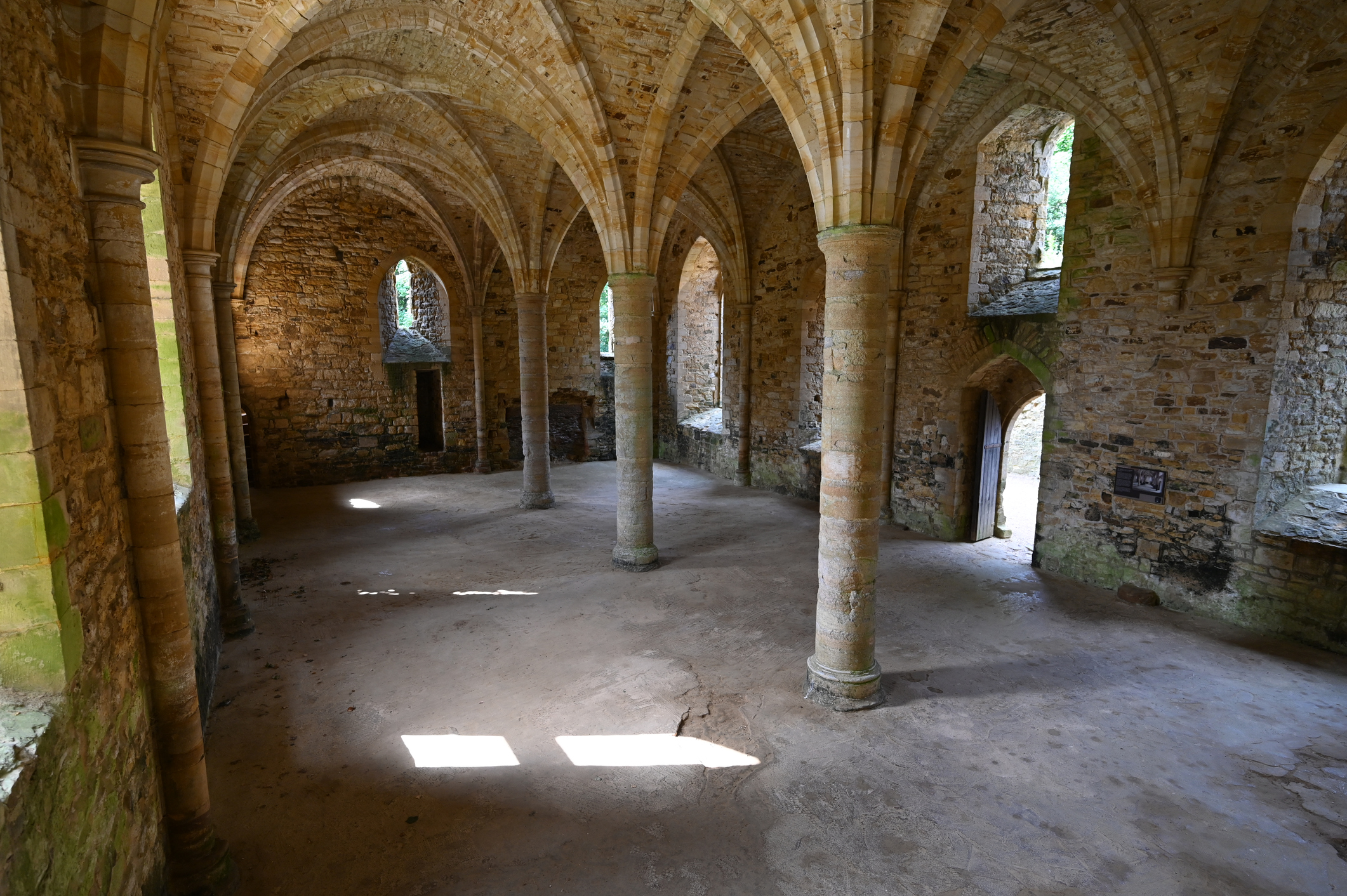
There is no documentary evidence to prove that they did as they were told, although, as the site of the abbey is so inconvenient, it is more than possible that they did.
By the Dissolution of the Monasteries, it had become one of the richer Benedictine foundations. The west range is now well preserved as a school.
How to visit Battle Abbey
The village of Battle lies six miles north of Hastings, accessible by both road and rail. The 1066 battlefield and abbey are both open to visitors, and run by English Heritage — there's an audio tour as part of the entrance fee, and if you go in spring, as our picture shows, the ground is carpeted by bluebells.
Exquisite houses, the beauty of Nature, and how to get the most from your life, straight to your inbox.
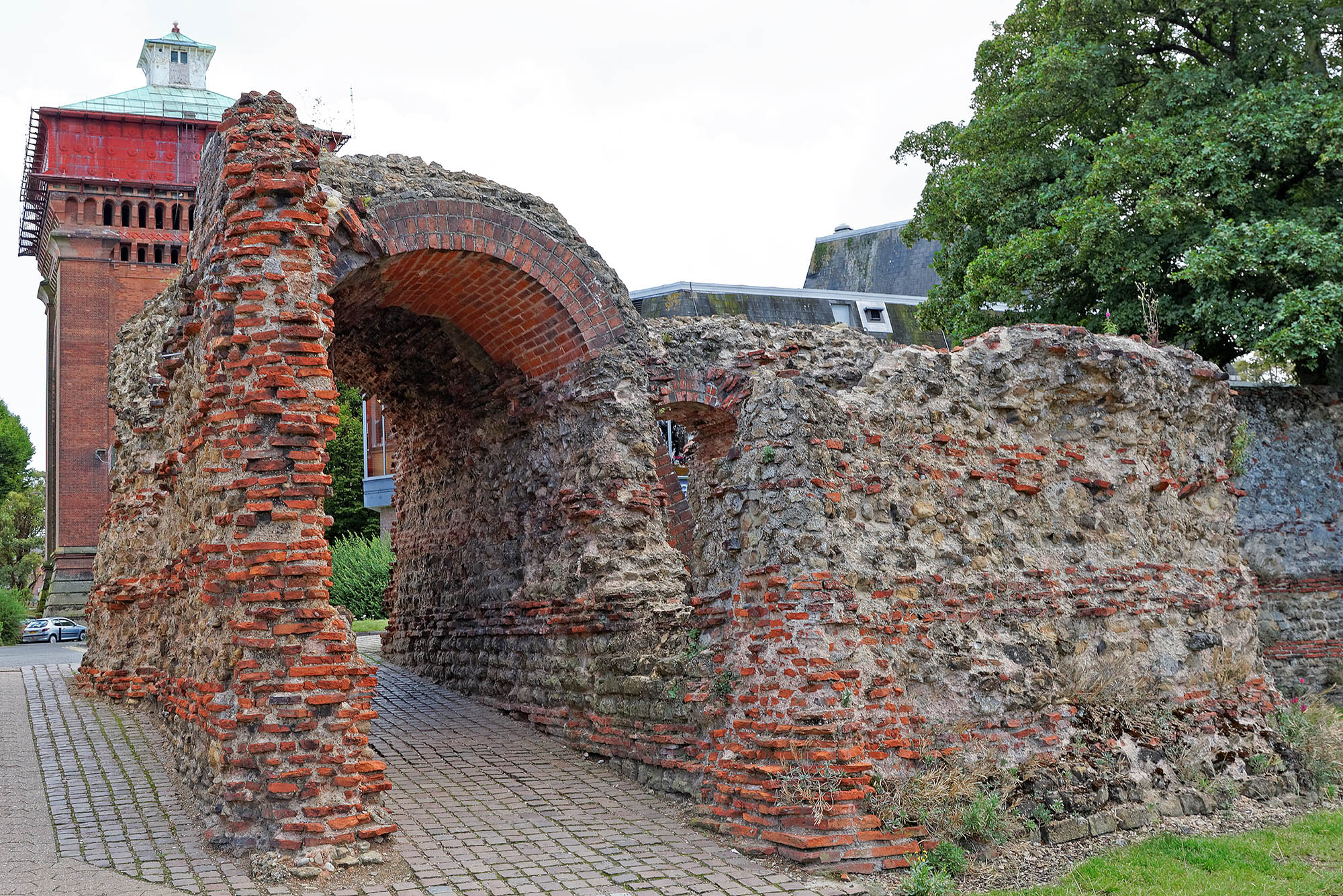
Colchester, Essex: The purpose-built capital city of Roman Britain
Clive Aslet considers the town that was one of Roman Britain's greatest cities — and even, for a while, its capital:
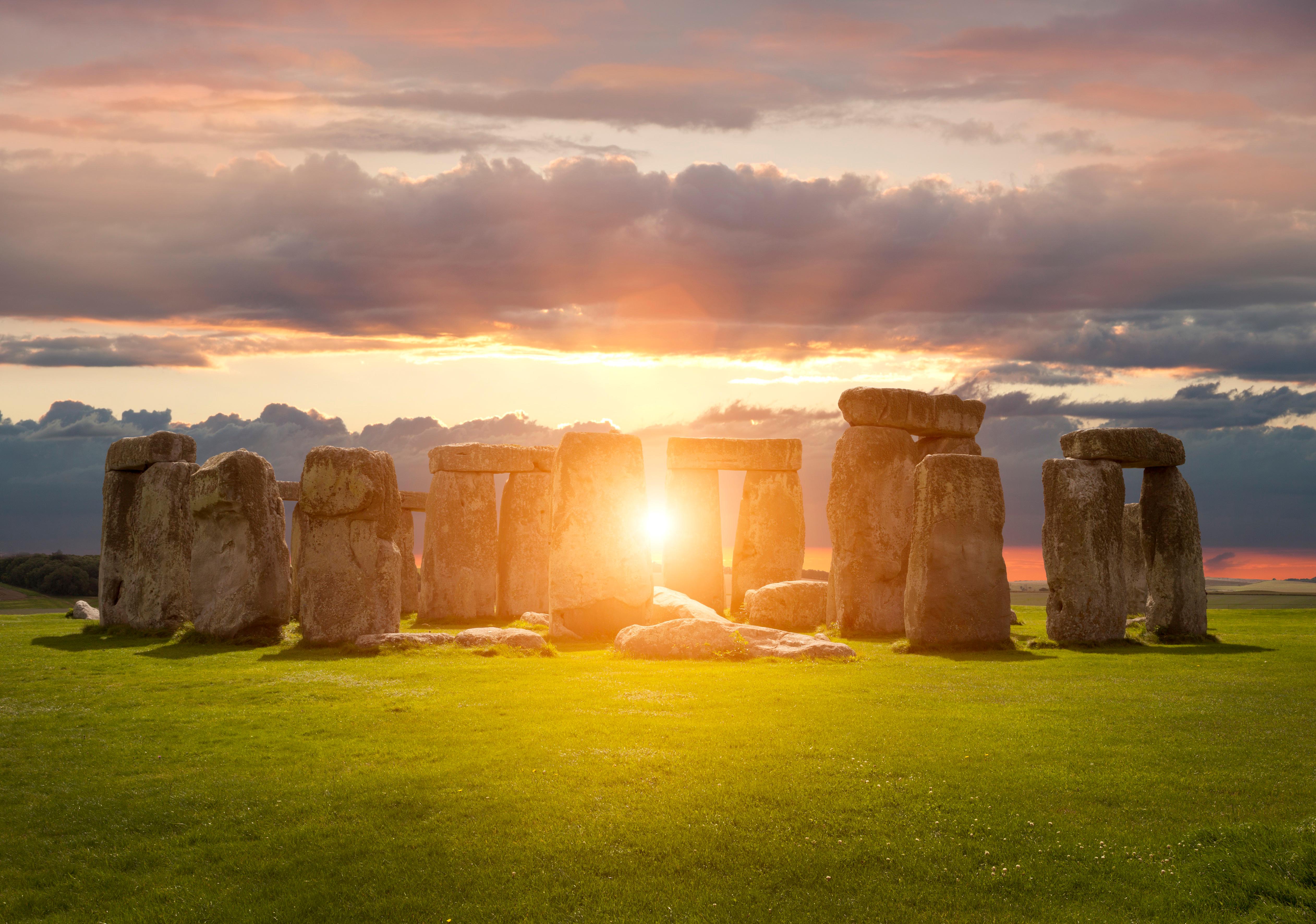
Stonehenge, Wilthsire: 'One of the wonders not only of this country, but of the world'
Our Grand Tour of Britain alights at what is arguably the world's most famous prehistoric site: Stonehenge, in Wiltshire.
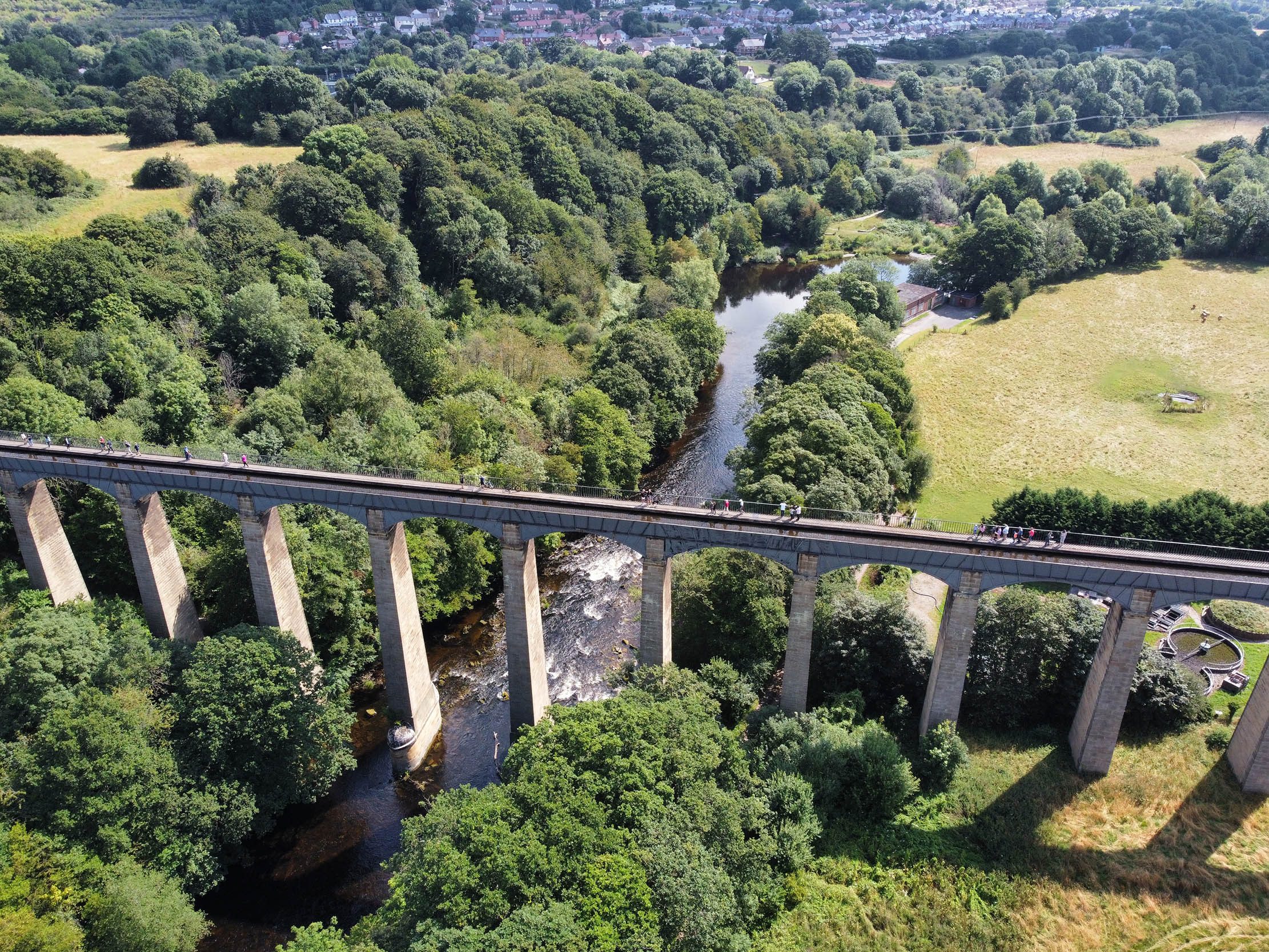
The Pontcysyllte Aqueduct: Thomas Telford's 'ribbon of water in the sky'
The magnificent Pontcysyllte Aqueduct is one of the great testaments to Industrial Revolution ingenuity — and as beautiful as it is